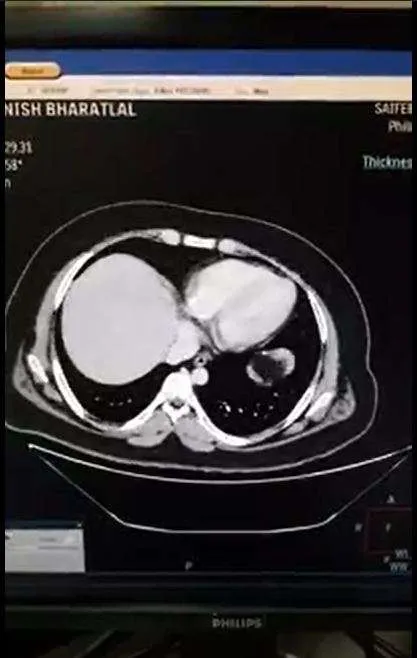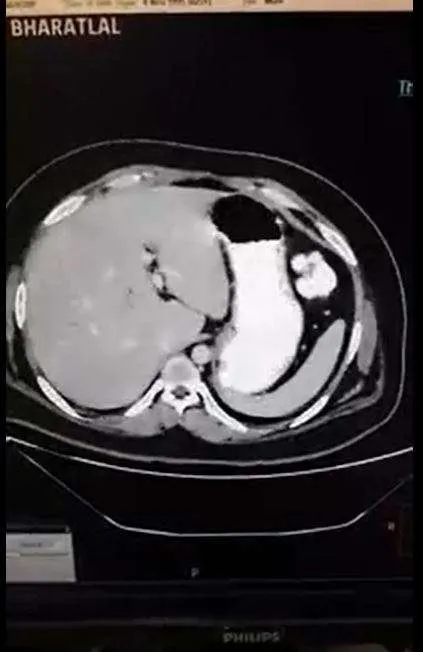Laparoscopic Drainage of Mesenteric Abscess - Case Study
By, Dr Harsh Sheth, Bariatric Surgeon in Mumbai
1. OVERVIEW
Laparoscopy is a procedure that examines the organs of the abdomen. A narrow-illuminated tube with a video camera is used in laparoscopy. A laparoscope is a name for the tube. It is inserted into a small cut or incision in the stomach. The images from the video camera can be viewed on a computer screen.
Laparoscopy has the advantage of being minimally invasive, involving a small cut in the stomach. Compared to open surgery, laparoscopy usually takes less time and has a quicker recovery.
Dr. Harsh Sheth
IV. PATIENT DETAILS
V. SYMPTOMS
Pain in the right lower abdomen
VI. TEST PERFORMED
CT scan- revealed collection in the mesentery in the right iliac fossa, most likely suggestive of a mesenteric abscess/hematoma. No evidence of appendicular/colonic pathology.
VII. DIAGNOSIS
Mesenteric abscess
VIII. TREATMENT
Laparoscopic drainage of mesenteric abscess
IX. DESCRIPTION OF THE TREATMENT
Dr. Harsh recommended a CT scan to investigate the root cause of the abdominal pain. The CT scan diagnosed a mesenteric abscess. Dr. Harsh informed the patient about the condition and suggested laparoscopy to treat it.
Dr. Harsh immediately admitted the patient. Further, he performed a laparoscopy to drain the abscess; the surgery was successful. Dr. Harsh prescribed some post-operative medications to the patient. The patient experienced minimal pain and recovered within few days.
X. PATIENT’S FEEDBACK



